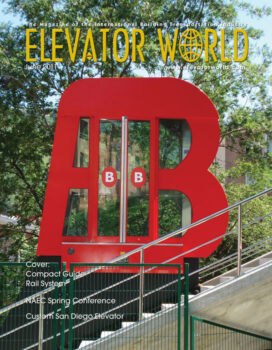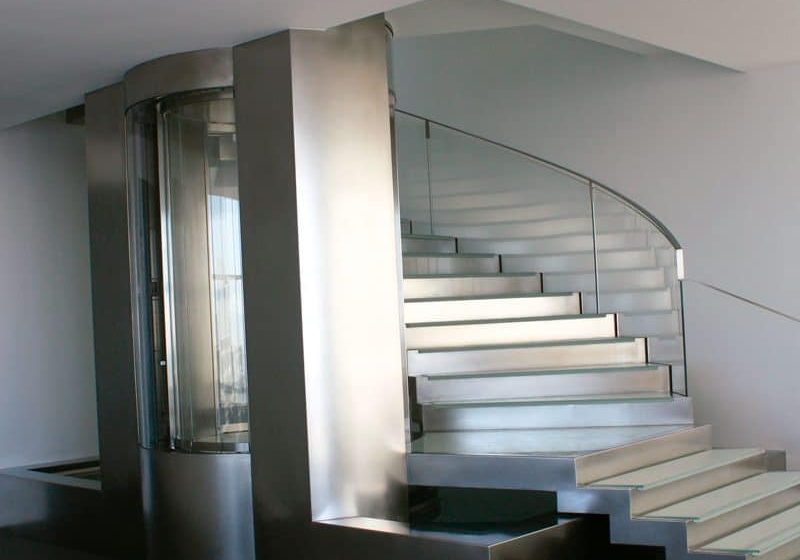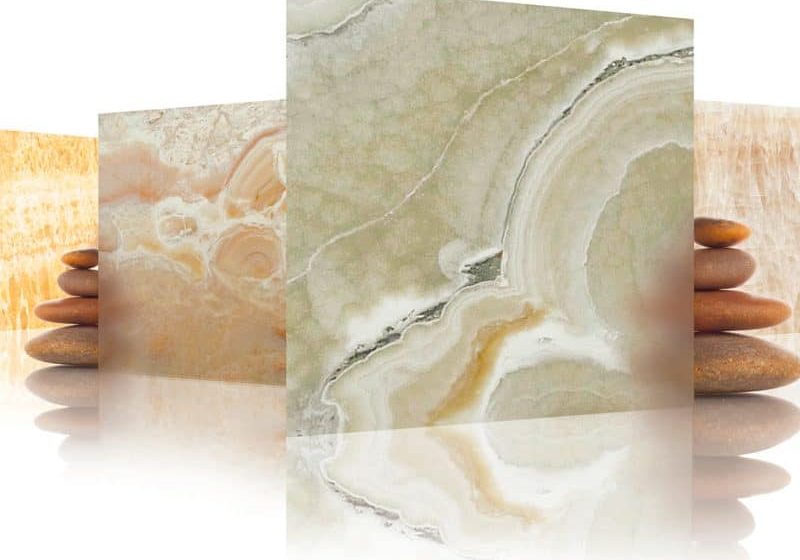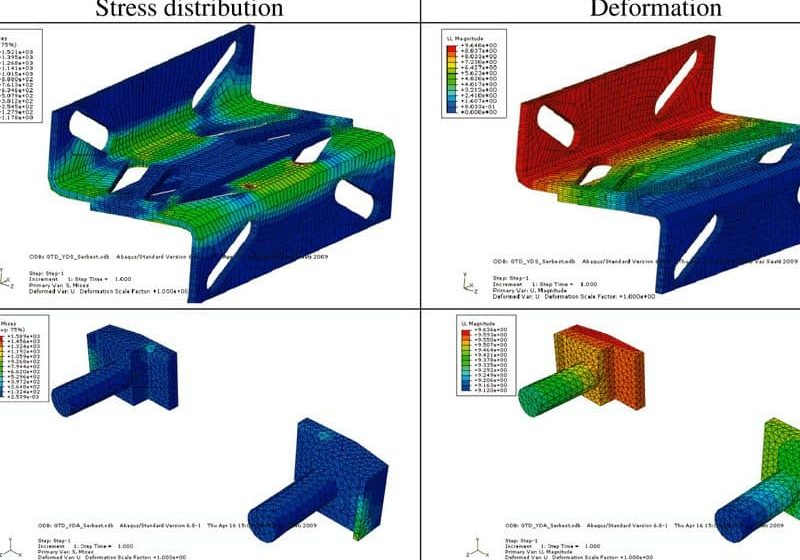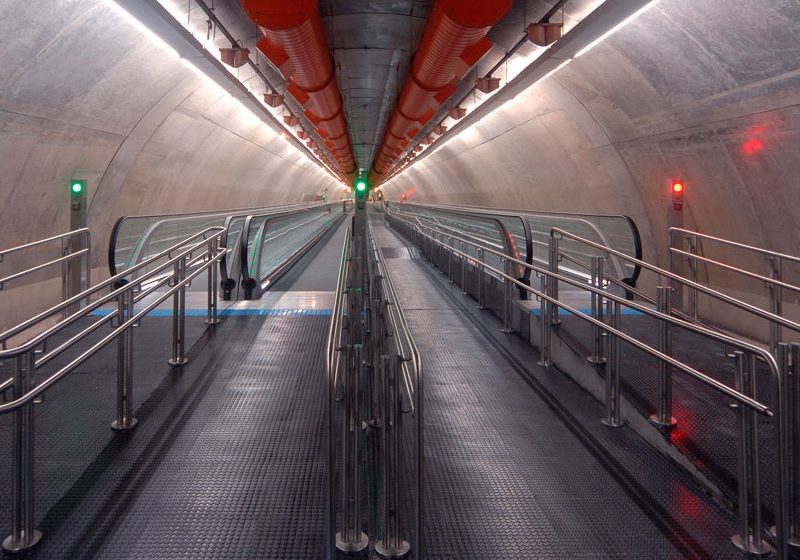New Generation of Guide-Rail Joints for High-Speed Elevators
Jun 1, 2011

by Jesus Sanz and Jose Enrique Fernandez
In recent years, the development of new joining systems for guide rails has opened up a new perspective in the concept of the riding path by considering it a “whole” unit and aiming to maintain the same structural and quality properties along the hoistway. However, joints are critical areas for two different reasons. On one hand, the bolted joint used for guide rails is usually weaker than the guide rail itself and can suffer greater deformations compared to a single, jointless guide rail. On the other hand, the joint brings together the tolerances of the ends of two guide rails and can also get stressed due to incorrect positioning of the brackets, causing misalignments that could impair comfort.
New generations of joints bring clear improvements and offer ad-vantages, including reduced product cost, automatic alignment by tightening the bolts, which leaves the guide rails aligned in both directions; minimal installation time and cost, because there is no need to adjust the joints; safety improvement by in-creasing the rigidity of the joint and better preserving the quality of the joint over time; and comfort, be-cause there are different solutions to obtain tolerances according to the speed of the installation.
The requirements for high-speed elevators differ from those of low-speed elevators, because some of the previous factors become more relevant. It is important to:
- Ensure comfort and quality: special tolerances at the end of the guide rails added to the features of the new fishplates assimilate the quality at the joint so it can be found within a single guide rail, thus making joints imperceptible.
- Improve the joint rigidity: new configuration of the joints offers additional advantages from a structural point of view as, over the years, it will preserve the quality obtained during the installation stage. The increase in rigidity and the invariability of the aligning parameters make these types of joints particularly suitable for earthquake prone areas.
- Save installation time and cost: the joints are completed by tightening the bolts. Furthermore, once the joint is finished, it can be considered a continuous piece of guide rail, therefore reducing labor costs, because there are no additional operations for adjustments.
Star Plus System
Savera Group’s Star Plus system is a very similar solution to that of the standard product and fulfills the requirements previously outlined. It consists of guide rails with ends that are machined and straightened with special tolerances. Their drilled holes have a conic feature in order to house the special conical-shaped bolts. The fishplates have accurately positioned threaded holes that are slightly closer to each other longitudinally than the holes of the guide rails.
When tightening the conic bolts, their cones are centered on the guide-rail holes (Figure 3). The self-centering hole-bolt set and the position of the holes in the fishplate (the fishplate holes being slightly closer to each other than the holes in the guide rail) cause full contact be-tween the guide rails at the joints. The contact surfaces between guide rails have been machined with very accurate right angles. When both guide rails are in full contact, there is only one possible configuration for alignment, thus eliminating uncertainty.
This solution allows the use of different geometries in the fishplate such as T-sections, thick fishplates or U-shaped fishplates. The operation principle is the same for all solutions, and the criteria for choosing one or another depends on the gap available between the back of the guide rail and the wall, and on the cost of the fishplate.
Tests and Acceptance Criteria
New joints undergo fatigue tests in a laboratory. At Savera Group, the assembly is cycled two million times to ensure infinite life under loads considered to be high for the normal use of an elevator. For example, the tested load can be 11.31 kN for the T140-2/B with a distance be-tween brackets of 3,210 mm. After the tests, it is checked to make sure that none of the bolts are damaged and that the tightening torques of all the bolts are correct.
How to Proceed in High-Speed Projects
At the initial design stage of a high-speed elevator project, it is important to think about the riding path as a concept. It is easy to understand that the quality of the riding path will not necessarily be the same as that of the guide rails. A number of factors can lead to a poor riding path, despite using quality guide rails. Taking the correct actions at certain stages of the project will ensure a successful installation in terms of quality and cost.
- Design stage: choosing the correct product and quality of guide rail will determine the attainable quality in the riding path. In addition to offering quality, a product like Star Plus helps alignment without the need to carry out additional operations or corrections.
- First stage of the installation of guide rails: the installation support allows detailed instructions to be given to installers for a specific product. If it is detected that something is being done inaccurately, it can be easily corrected at this initial stage.
- After finishing the installation of guide rails: once the guide rails have been fully assembled, it is necessary to monitor the riding path to be sure that uncontrolled events have not occurred up to that point and that the parameters left in the riding path are adequate for the characteristics of the specific elevator.
Real Installations
Star Plus has been used in several installations around the world with good results. Among these projects is Hyundai’s test tower with one of the world’s fastest elevators. Its maximum tested speed is 1,080 mpm (18 mps). Currently, it runs at 750 mpm (12.5 mps) with comfortable ride quality.
Conclusion
Conventionally, the quality of the riding path depends on the installer’s skills. This dependency should be reduced to ensure (without the need of further adjustments) that the area of the joint has the same quality as the rest of the guide rail itself. The new generation of guide-rail joints combines some improvements from cost, quality and safety points of view. The process described for high-speed installations helps the fulfillment of the specifications established for a specific elevator.
A similar procedure with the rest of the elevator elements will result in the successful attainment of the comfort quality requirements, leaving no room for uncertainties.
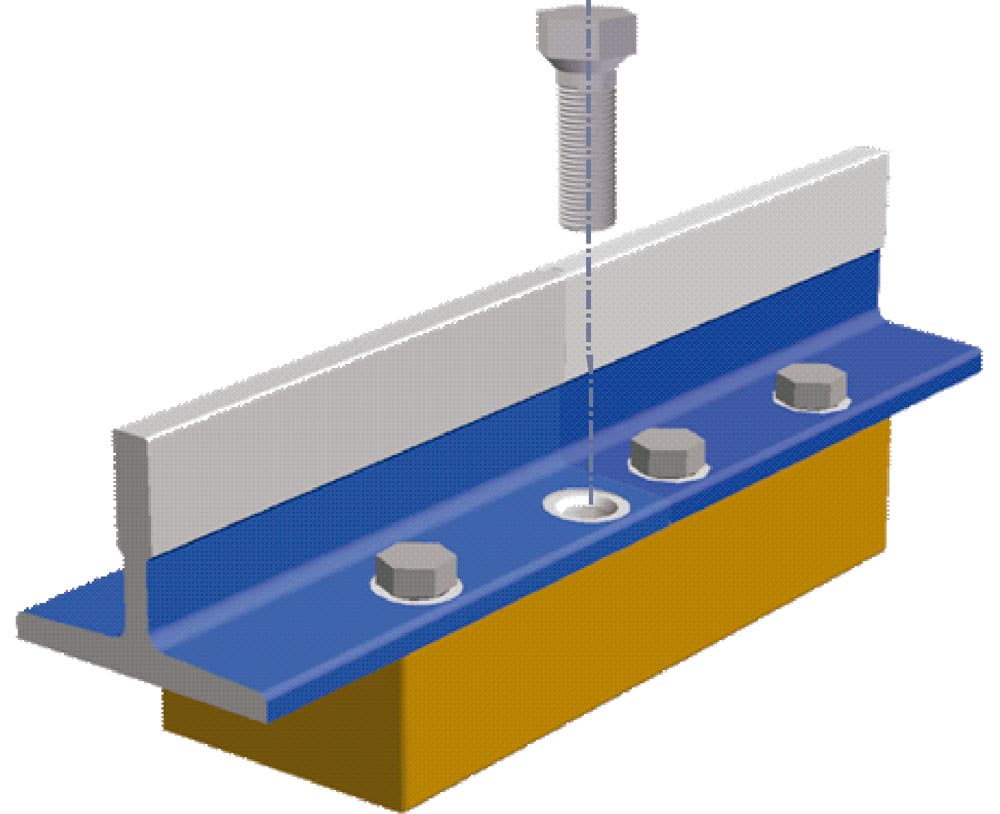
Figure 2: Star Plus System 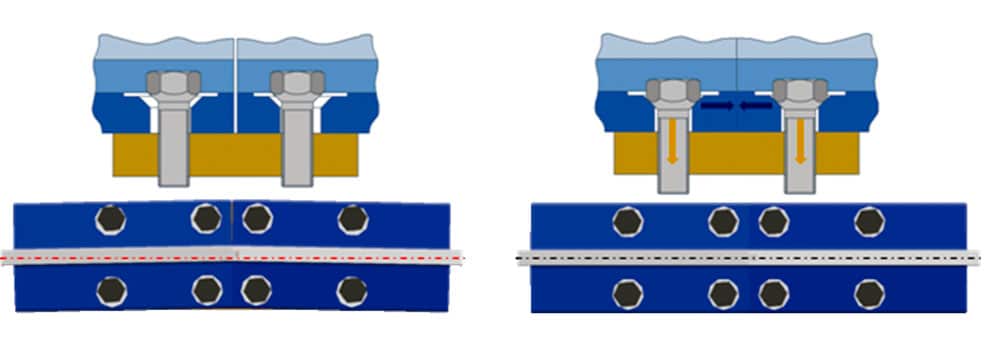
Figure 3: (l-r) Before tightening the bolts and automatic alignment after tightening the bolts 
Figure 4: Real measurements in a project using Star Plus which have been obtained with Savera Group’s Riding Path Control Device. They show part of the measurements taken at a real installation and reveal that the joints are indistinguishable from the rest of the riding path. This means that the quality of the joints (the most critical areas in a riding path) is as good as the quality of the guide rails. 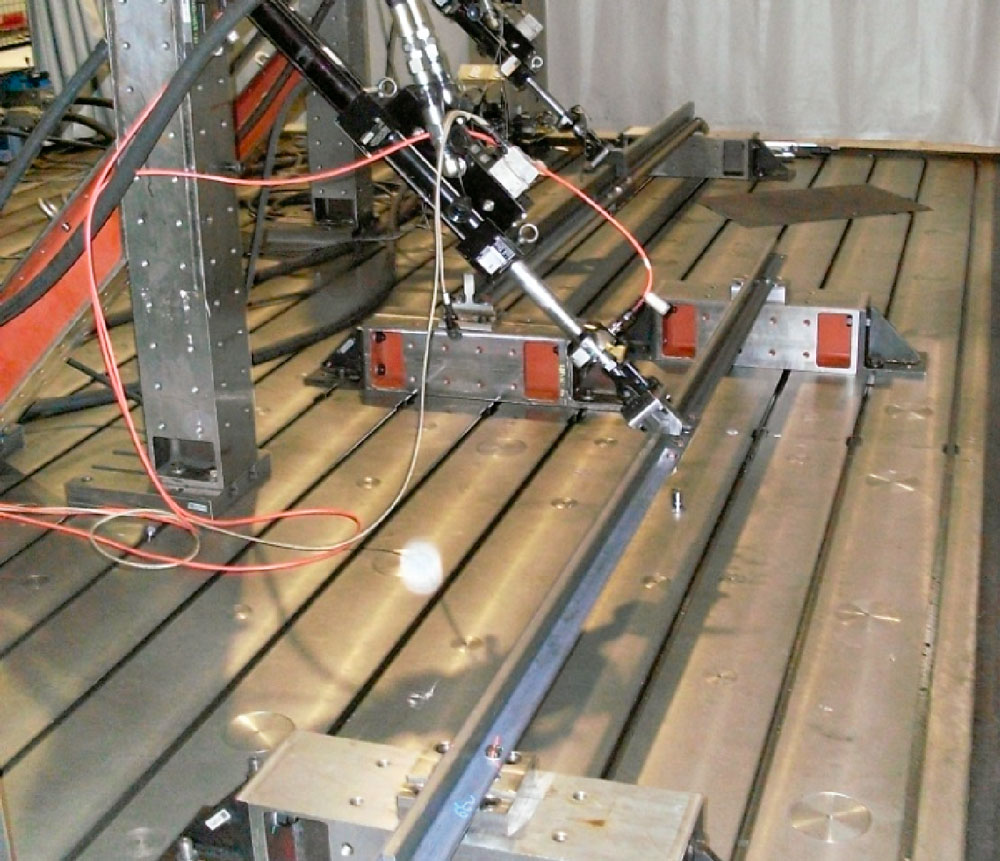
Figure 5: Fatigue test bench testing two samples simultaneously 
Figure-6
Get more of Elevator World. Sign up for our free e-newsletter.

